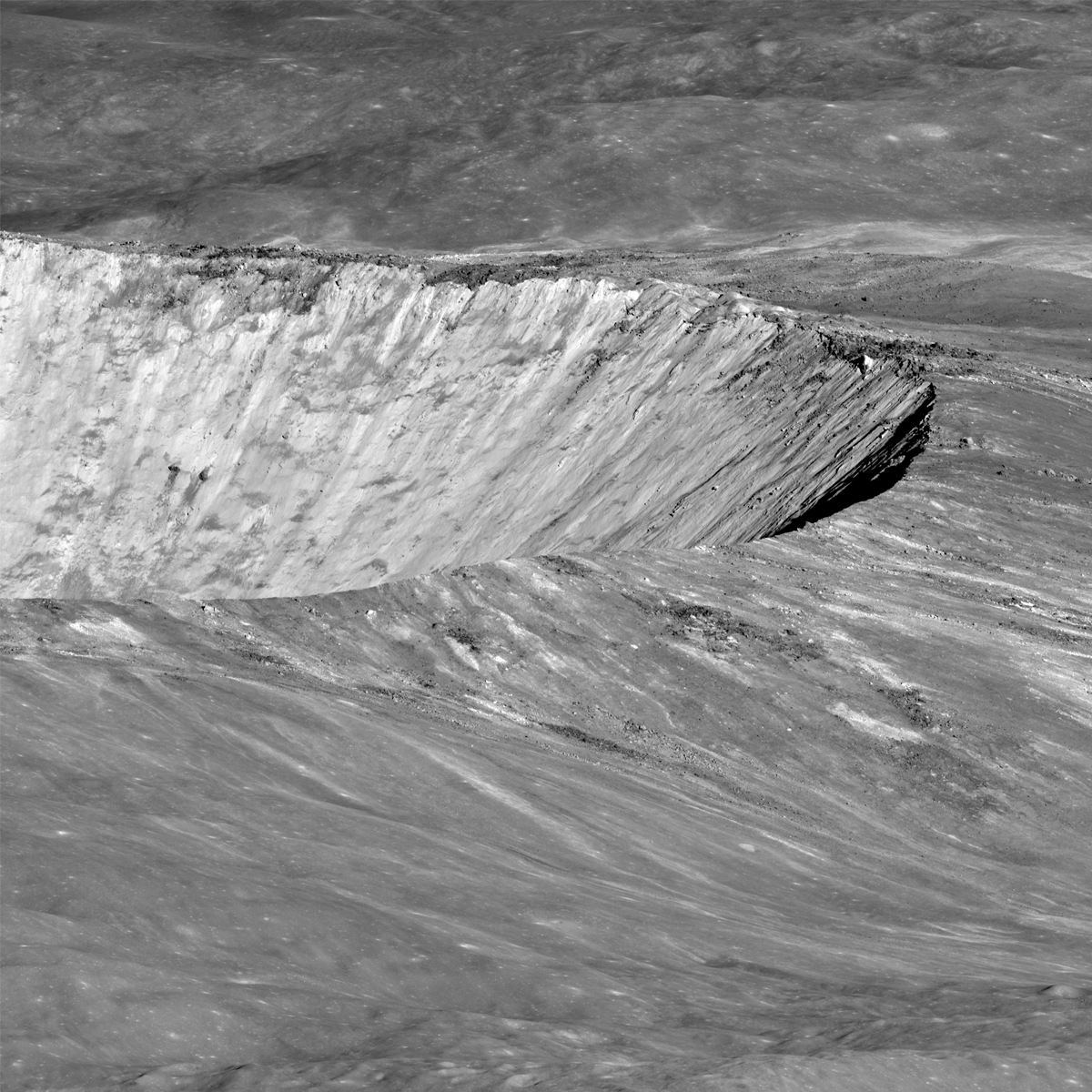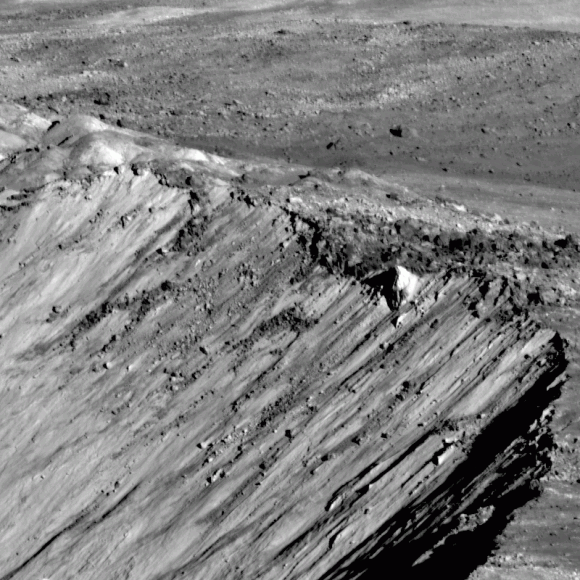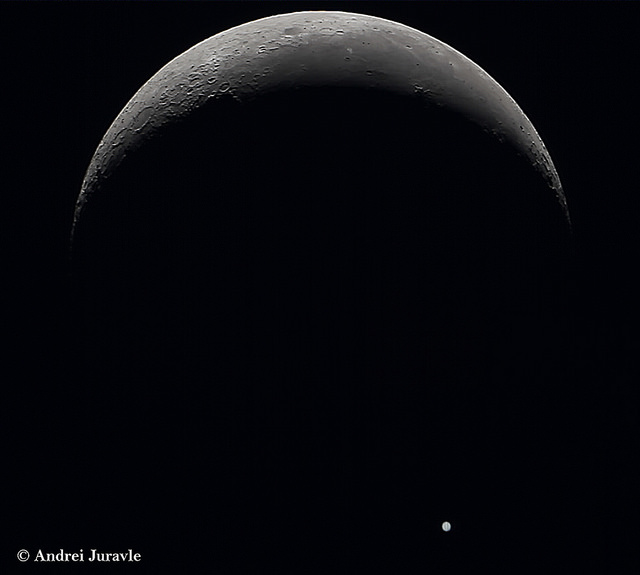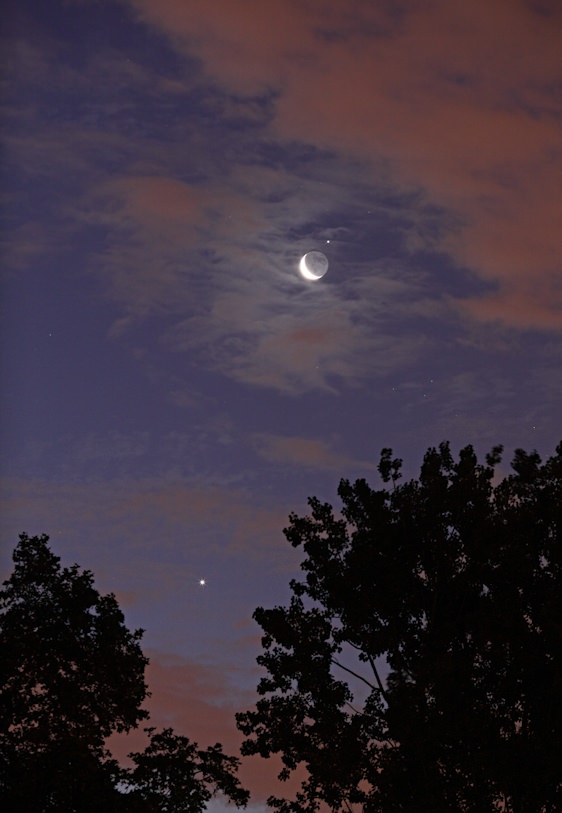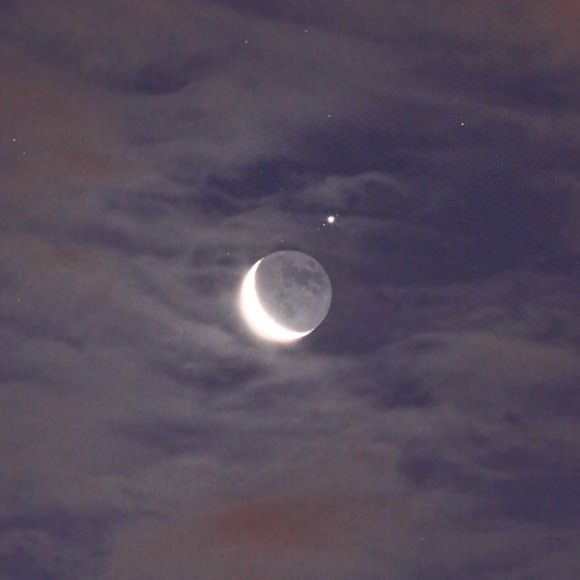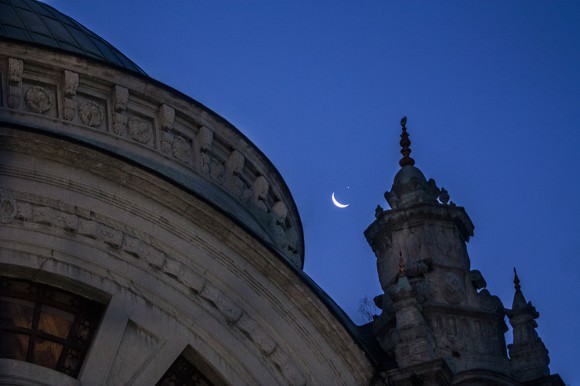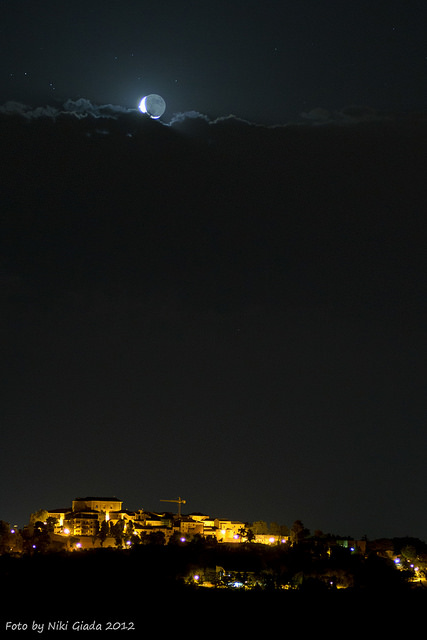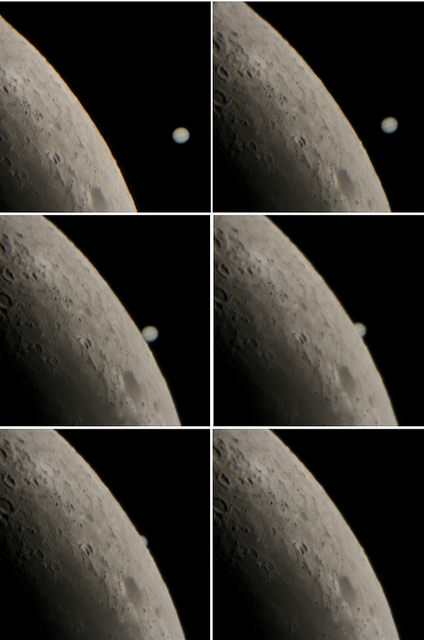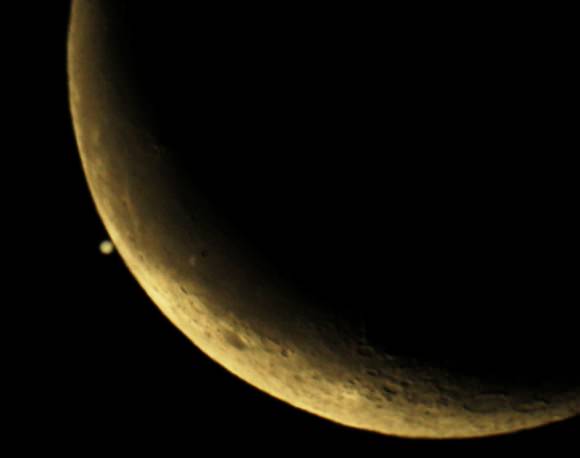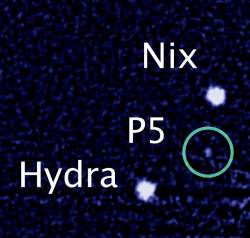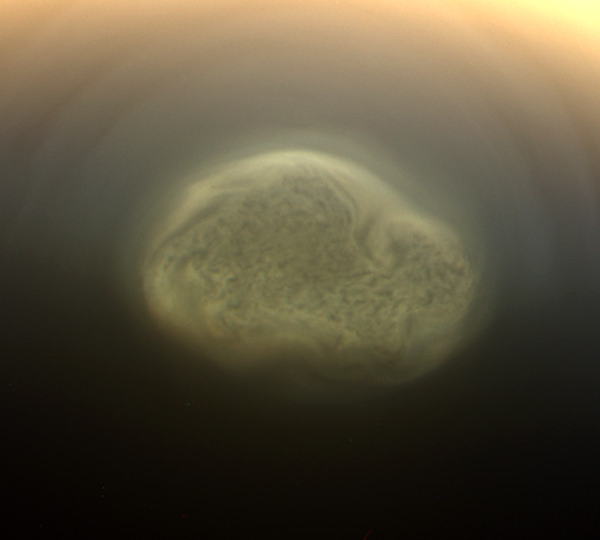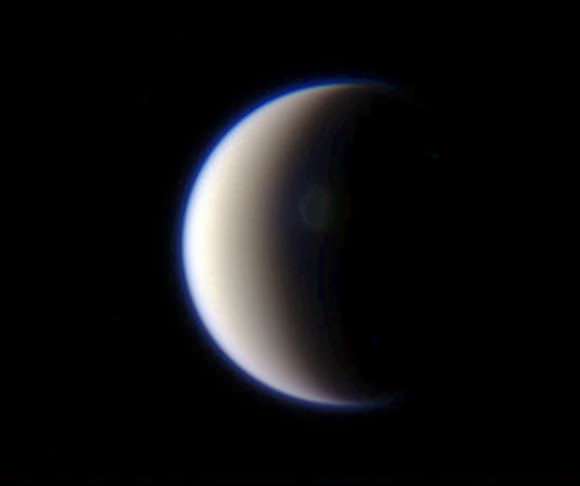Former NASA astronaut Neil A. Armstrong was born in Wapakoneta, Ohio, on August 5, 1930
Today we mourn the loss of a true hero and icon of a generation, if not an entire century: Neil Alden Armstrong, former NASA astronaut and first person to set foot on the Moon, has passed away due to complications from cardiovascular surgery. Armstrong had recently turned 82 years old on August 5.
His family has issued the following statement:
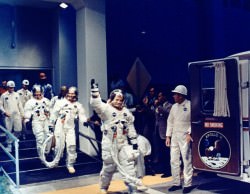 We are heartbroken to share the news that Neil Armstrong has passed away following complications resulting from cardiovascular procedures.
We are heartbroken to share the news that Neil Armstrong has passed away following complications resulting from cardiovascular procedures.
Neil was our loving husband, father, grandfather, brother and friend.
Neil Armstrong was also a reluctant American hero who always believed he was just doing his job. He served his Nation proudly, as a navy fighter pilot, test pilot, and astronaut. He also found success back home in his native Ohio in business and academia, and became a community leader in Cincinnati.
He remained an advocate of aviation and exploration throughout his life and never lost his boyhood wonder of these pursuits.
As much as Neil cherished his privacy, he always appreciated the expressions of good will from people around the world and from all walks of life.
While we mourn the loss of a very good man, we also celebrate his remarkable life and hope that it serves as an example to young people around the world to work hard to make their dreams come true, to be willing to explore and push the limits, and to selflessly serve a cause greater than themselves.
 For those who may ask what they can do to honor Neil, we have a simple request. Honor his example of service, accomplishment and modesty, and the next time you walk outside on a clear night and see the moon smiling down at you, think of Neil Armstrong and give him a wink.
For those who may ask what they can do to honor Neil, we have a simple request. Honor his example of service, accomplishment and modesty, and the next time you walk outside on a clear night and see the moon smiling down at you, think of Neil Armstrong and give him a wink.
His death was reported at 2:45 p.m. ET.
Armstrong commanded the Apollo 11 spacecraft that landed on the moon on July 20, 1969, and he radioed back to Earth the historic news: “That’s one small step for a man, one giant leap for mankind.”
In a statement issued by the White House, U.S. President Barack Obama said “Today, Neil’s spirit of discovery lives on in all the men and women who have devoted their lives to exploring the unknown – including those who are ensuring that we reach higher and go further in space. That legacy will endure — sparked by a man who taught us the enormous power of one small step.”
Neil Armstrong, along with fellow astronauts Buzz Aldrin, Michael Collins and John Glenn, were honored with the Congressional Gold Medal on November 16, 2011.
Godspeed, Mr. Armstrong. You were — and will always be — a true inspiration to so many. You’ll be missed.
“In my own view, the important achievement of Apollo was a demonstration that humanity is not forever chained to this planet, and our visions go rather further than that, and our opportunities are unlimited.”
— Neil A. Armstrong
Top image: NASA. Inset images: Armstrong leads the crew from the Manned Spacecraft Operations Building to the transfer van on July 16, 1969 and a portrait of Armstrong taken inside the LM after the first lunar EVA. Via the Project Apollo Archive.

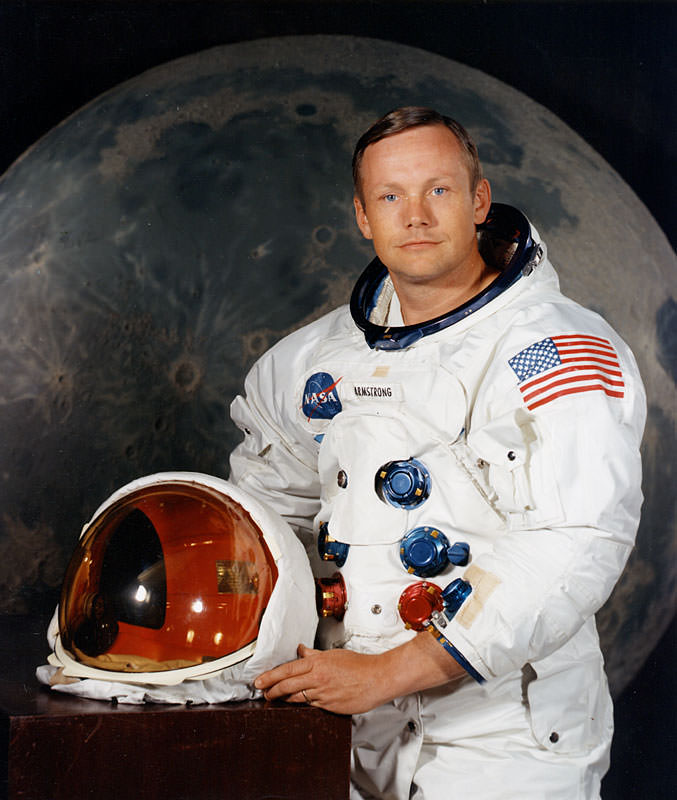

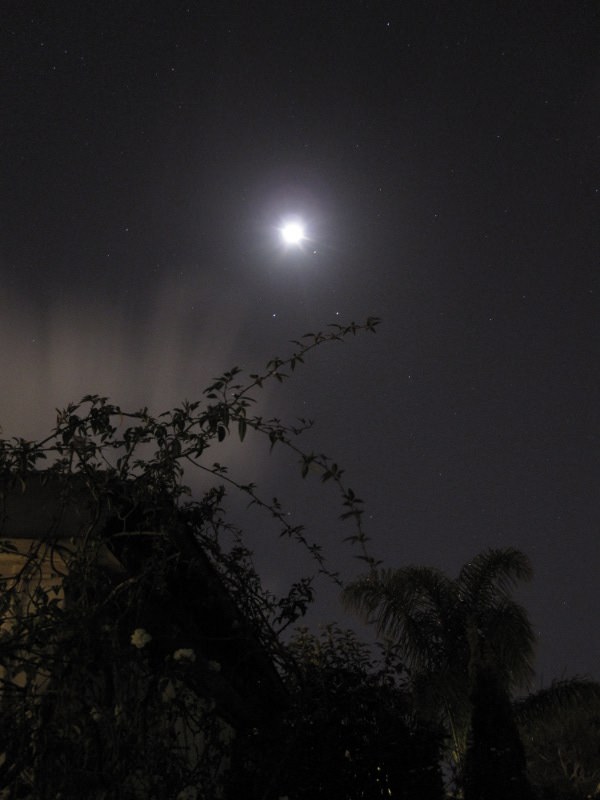
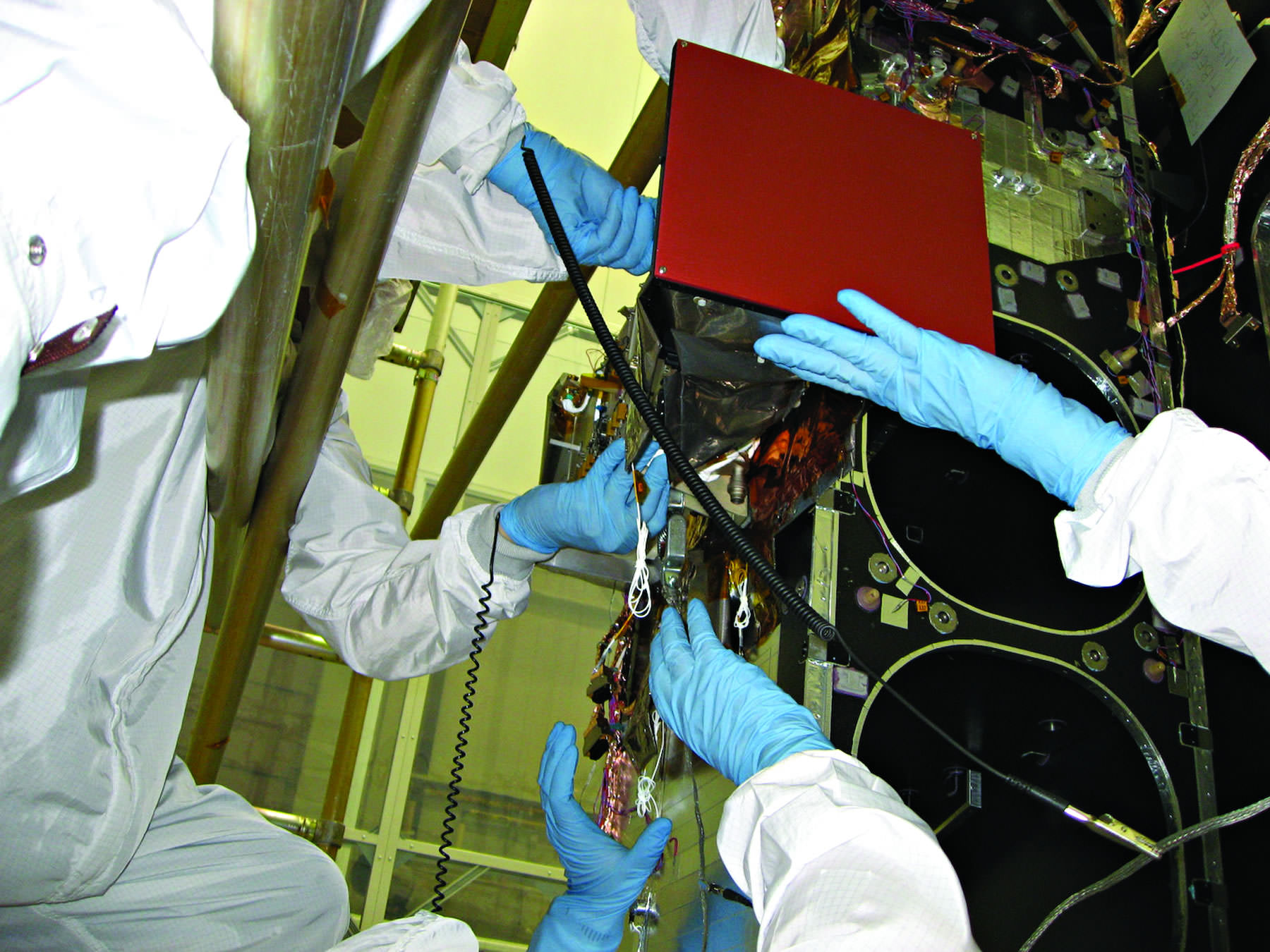

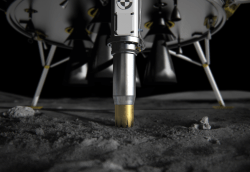 Although Lunar Lander will be an unmanned robotic explorer, the mission will be a forerunner to future human exploration of the Moon as well as Mars. Lunar Lander will use advanced technologies for autonomous landing and will be able to determine the best location for touchdown on its own, utilizing lasers to avoid obstacles on the Moon’s surface.
Although Lunar Lander will be an unmanned robotic explorer, the mission will be a forerunner to future human exploration of the Moon as well as Mars. Lunar Lander will use advanced technologies for autonomous landing and will be able to determine the best location for touchdown on its own, utilizing lasers to avoid obstacles on the Moon’s surface.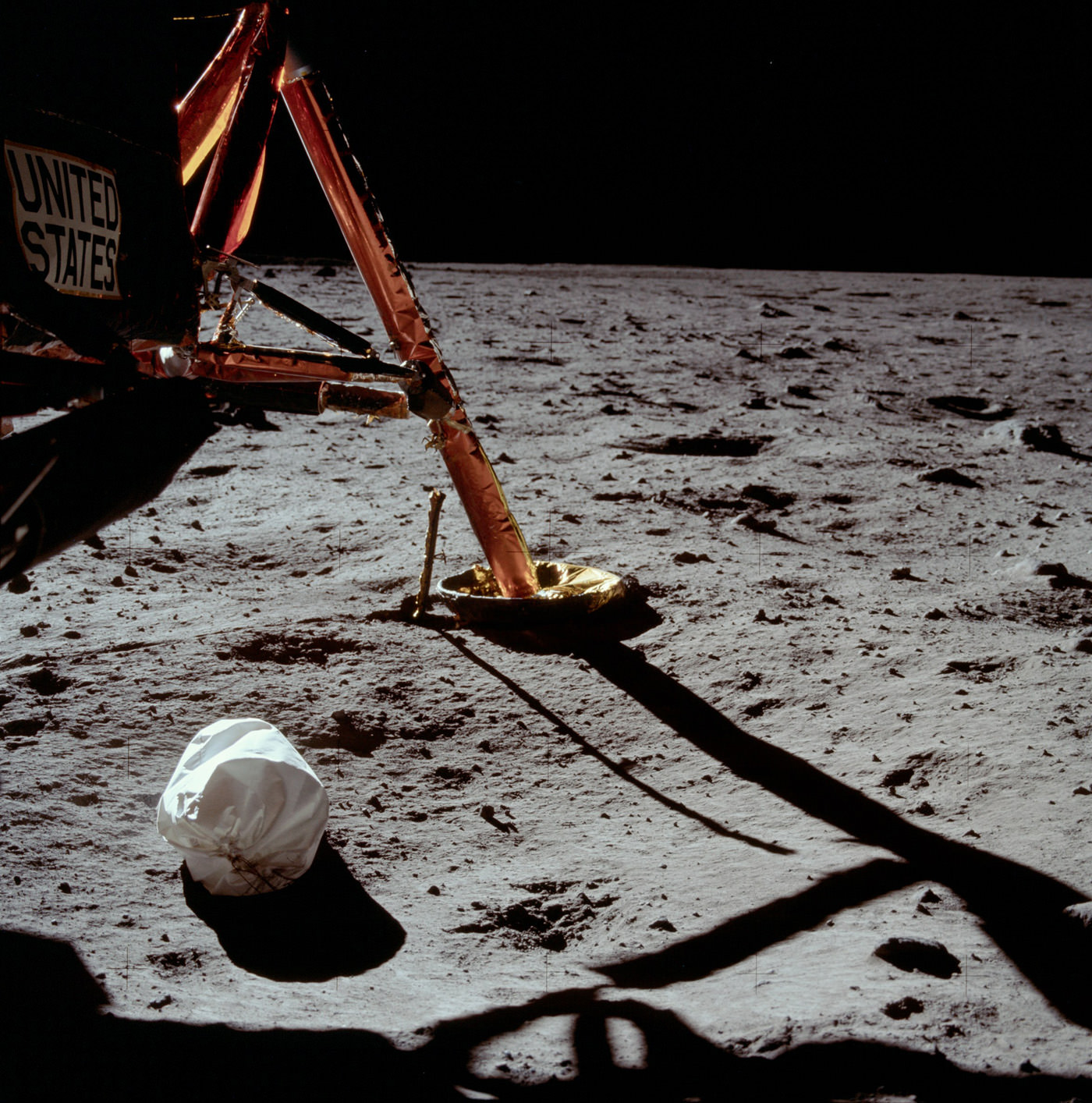
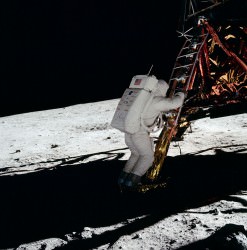 After this image, Armstrong took several more images of the surrounding landscape before fellow astronaut Edwin “Buzz” Aldrin, Jr. exited the module as well. The third man on the mission, Michael Collins, remained in lunar orbit piloting the command module Columbia.
After this image, Armstrong took several more images of the surrounding landscape before fellow astronaut Edwin “Buzz” Aldrin, Jr. exited the module as well. The third man on the mission, Michael Collins, remained in lunar orbit piloting the command module Columbia.